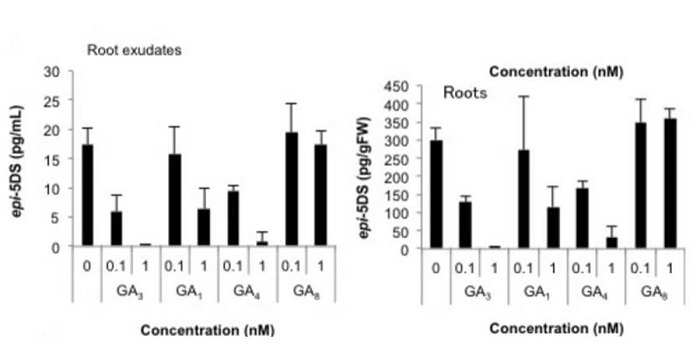
Regulation of strigolactone biosynthesis by gibberellin signaling
Plant Science Research Weekly, Research0 Comments
/
In a screen for chemicals that regulate strigolactone (SL) levels in rice, Ito et al. found that gibberellins suppress SL biosynthesis. This effect depends on the gibberellin signaling module, and involve a decrease in expression level of SL-biosynthetic genes. Furthermore, GA treated rice exuded less…
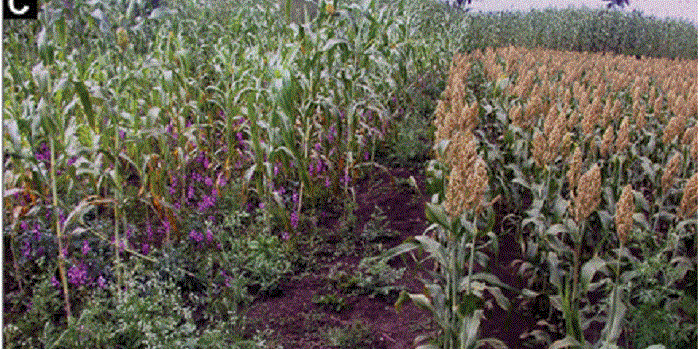
Mutation in sorghum LOW GERMINATION STIMULANT 1 alters strigolactones and causes Striga resistance
Plant Science Research Weekly, ResearchStrigolactones are both hormones that control shoot architecture and signals that promote interactions with arbuscular mycorrhizal fungi and promote germination of detrimental parasitic weeds such as Striga asiatica and Striga hermonthica. Gobena et al. mapped and cloned a sorghum gene, LOW GERMINATION…
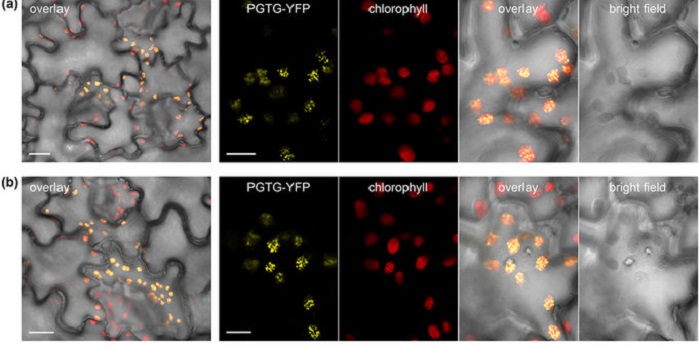
LOCALIZER: Subcellular localization prediction of both plant and effector proteins in the plant cell
Plant Science Research Weekly, ResearchProteins carry sequence tags that are read by cellular machineries that deliver the proteins to their proper destinations, which include the nucleus, mitochondria and plastid. Many pathogen effector proteins have acquired such targeting tags too, but for these can sometimes be cryptic to bioinformatics…

Review: Tale of Huanglongbing disease pyramid in the context of the citrus microbiome ($)
Plant Science Research Weekly, ResearchHuanglongbing (HLB or Citrus Greening Disease) has caused enormous economic losses in major citrus production areas, including Florida. The Huanglongbing disease pyramid consists of the bacteria Liberibacters, citrus psyllid vectors (insects), citrus hosts, and the environment in which they all exist. …
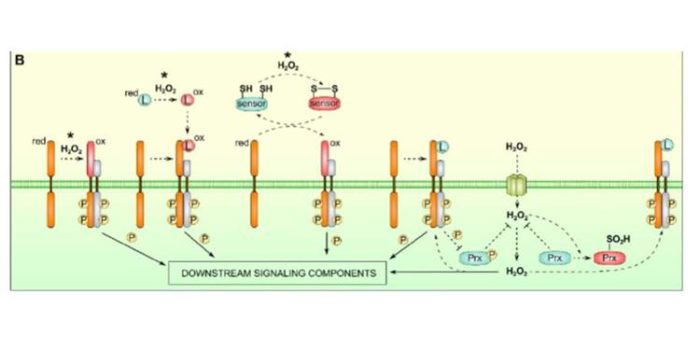
Review: Bound by fate: Reactive oxygen species in receptor-like kinase signaling
Plant Science Research Weekly, ResearchBoth receptor-like protein kinase (RLK) and reactive oxygen species (ROS) signaling have been shown to affect a plethora of plant processes, including growth, metabolism, development, and environmental responses. To date, previous reviews have focused on mechanisms that govern either ROS or RLK signaling;…

Nematode Cysts and DNA Methylation
Plant Physiology: On The Inside, ResearchPlant-parasitic cyst nematodes (Heterodera species) are among the most devastating pathogens of plant roots. These obligate parasites initiate a long period of biotic interactions with their host plants where formation of an operative feeding structure, the syncytium, is vital for nematode survival and…

The Plant Cell Reviews Plant Immunity: Receptor-Like Kinases, ROS-RLK Crosstalk, Quantitative Resistance, and the Growth/Defense Tradeoff
Research, The Plant Cell: In BriefTender green leaves and tasty tubers, roots, and stems are vulnerable to a wide range of pathogens, pests, and herbivores. Perhaps it should not be surprising that they have evolved an equally wide range of defense mechanisms. This issue of The Plant Cell includes reviews of just a few of the many facets…
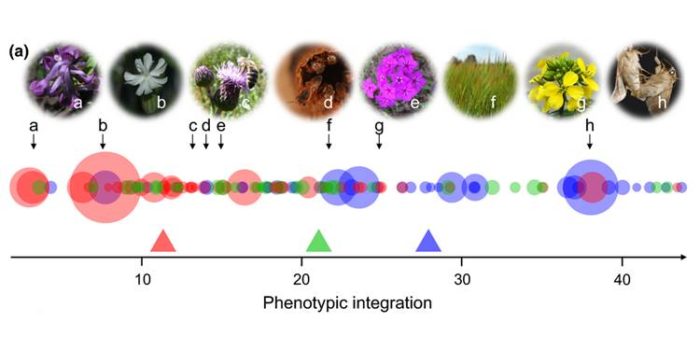
Covariation and phenotypic integration in chemical communication displays ($)
Plant Science Research Weekly, ResearchHumans aren’t very sophisticated at reading chemical communication cues. Towards deciphering the information content of complex chemical mixtures produced by plants and animals, Junker et al. ask to what extent chemical communication displays (CCDs) are replicated between samples and individuals. The…
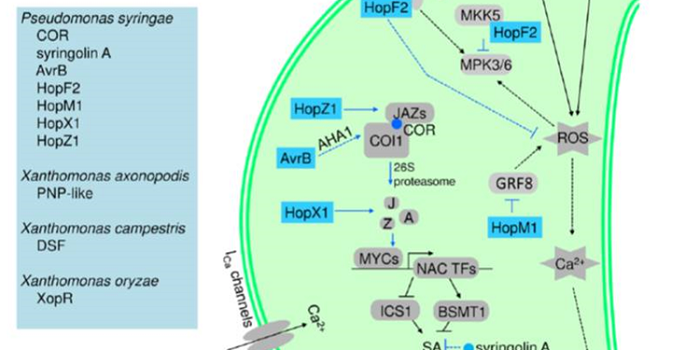
Update: Stomatal defense a decade later
Plant Physiology, Plant Physiology: Updates, Plant Science Research Weekly, ResearchStomatal defense, recognition of pathogens at the stomatal pore accompanied by stomatal closure to prevent their entry, was discovered ten years ago. Melotto et al. review what we’ve learned in the past decade about this key defense strategy. They discuss pathogen recognition, in which microbe-associated…

